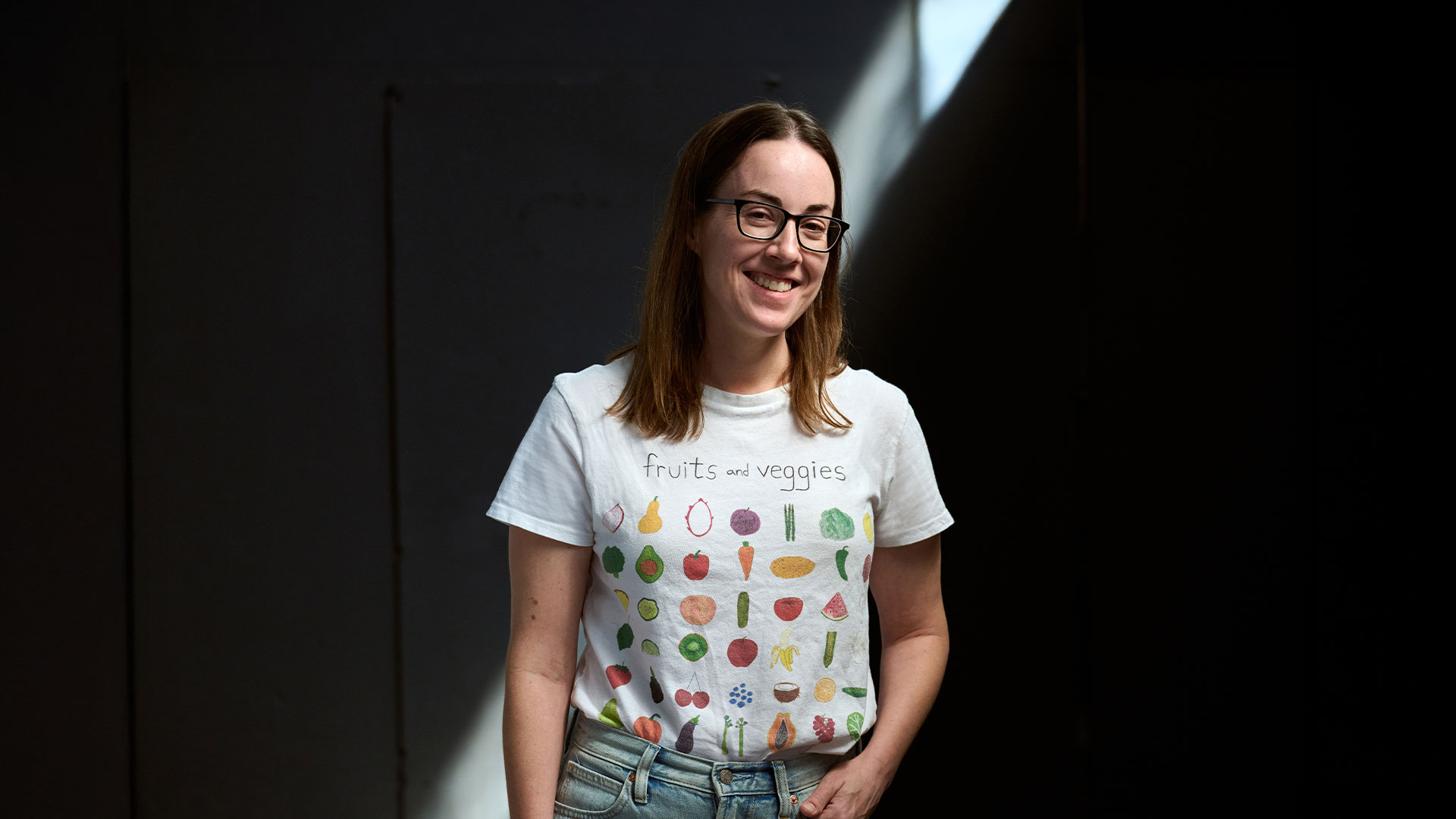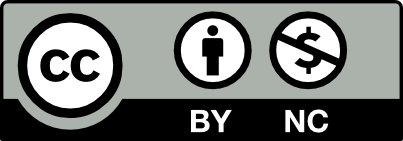Laura Hazard Owen, editor of Nieman Lab, Harvard’s influential online publication about the media, spoke to iMEdD about violence, censorship, and why she still believes in defending the First Amendment.
Featured image: Petros Toufexis/ iMEdD
“Navigating the age of doubt”: Journalists debate survival, trust and the future of their mission
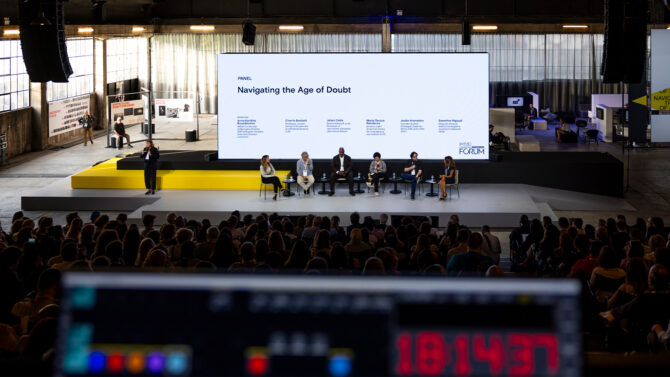
The opening panel of the iMEdD International Journalism Forum 2025 highlighted a profession in flux, balancing threats and opportunities, technology and human values, skepticism and public service.
As a guiding voice in journalism, Laura Hazard Owen, editor of Nieman Lab, runs one of the industry’s most influential online publications, a go-to source for sharp predictions, analyses, and in-depth reporting on where the news business is headed.
Housed within Harvard University’s Nieman Foundation for Journalism since 2008, Nieman Lab has become a go-to destination for those trying to make sense of a rapidly evolving media landscape. Its annual series of predictions – bold bets, grounded forecasts, and sharp essays from journalists, scholars, and technologists – has become an industry ritual. Each December, newsrooms and media thinkers dive into the Nieman Lab content to spot trends, anticipate the year ahead, and challenge long-held assumptions.
During this year’s iMEdD’s International Journalism Forum in Athens, we sat down with Owen in a room just off the bustling corridors of Pireos 260.
Our conversation came weeks after the assassination of Charlie Kirk and the temporary removal of Jimmy Kimmel from the air. We discussed the tension between free expression and violence in the United States, the resilience of journalists, and the growing role of AI in newsrooms.
As the editor of Nieman Lab, you’re in a unique position: you report on journalism and the media industry. What are the particular challenges and rewards of doing journalism about journalism?
Journalism is really a beat that encompasses so many different things and intersects with so many different areas — politics, free speech, AI, trust in institutions. That makes it a very rich area to cover, but I also try to keep in mind that most people in the U.S. do not pay for a news subscription and are understandably more concerned with the challenges of their everyday lives than they are in staying informed about “the news.” I want Nieman Lab to report on the future of media, and to be useful, without navel-gazing and without forgetting about the audiences that media needs to be serving.
I want Nieman Lab to report on the future of media, and to be useful, without navel-gazing and without forgetting about the audiences that media needs to be serving.
Laura Hazard Owen, Editor, Nieman Lab
We’re watching an escalation of political and physical violence in the United States, including threats against journalists and rhetoric from the President labeling the press as ‘fake news.’ In that climate, how should journalists approach questions around free speech?
I think it’s important to distinguish between words and actual violent acts. So, I think that in the United States right now, we’re seeing a lot of talk about what kinds of speech are allowed and what people can say. And, in the case of the Charlie Kirk assassination, we’re seeing someone killed because of what they said. And to me, I think it’s only reinforced the idea that people need to be able to speak freely, even if what they’re saying is horrible and we don’t agree with it. That is on both sides of the political spectrum.
I think we’ve had a lot of discussion in the US over the past few years about what the right words are to use for things — about what’s okay to say and what’s not. There’s been a lot of talk about the idea of words as violence. What the Charlie Kirk incident has really reinforced for me is that words and violent acts are very different. We need to allow speech — no matter what someone is saying — while strongly rejecting actual acts of physical violence.
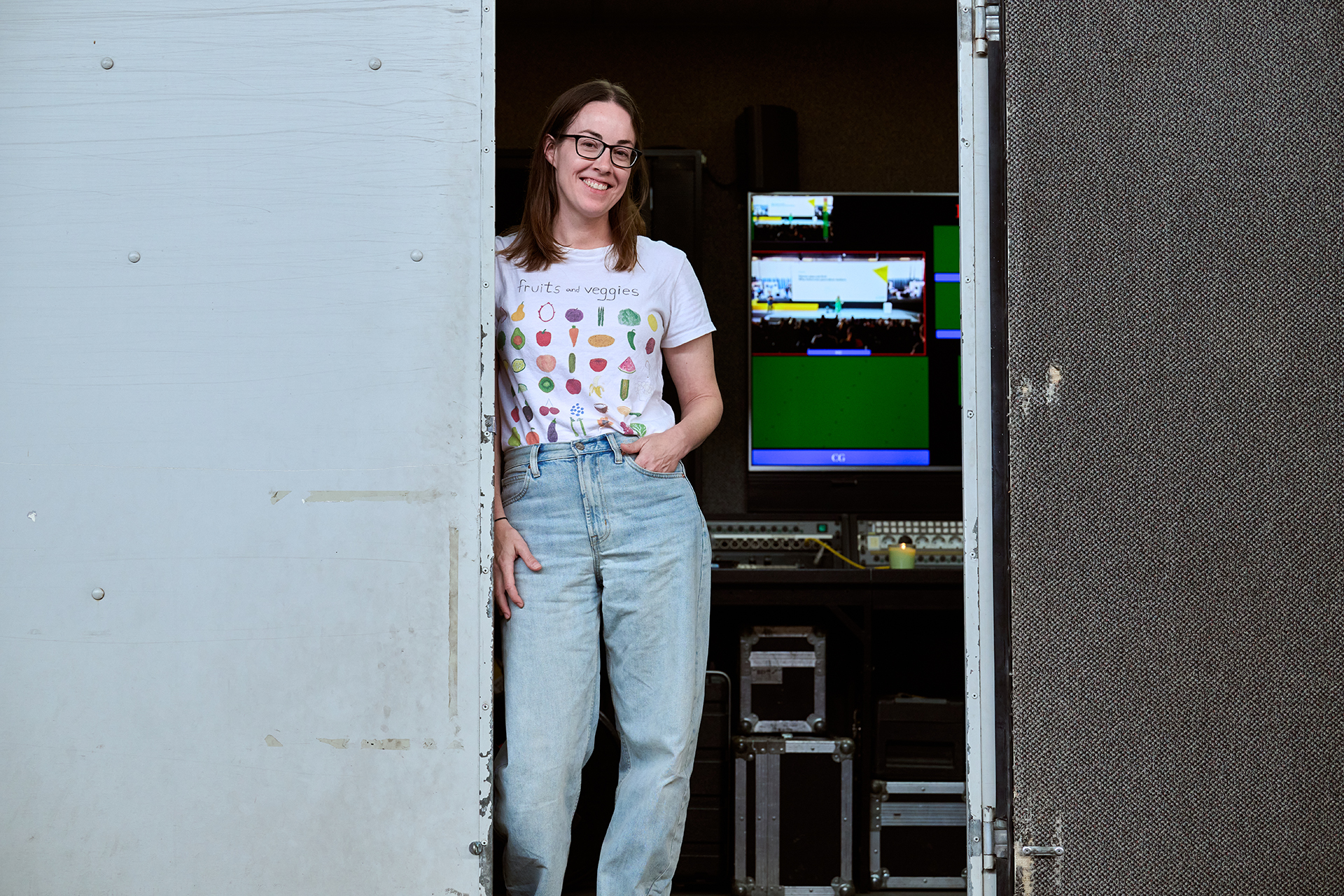
In the aftermath of Charlie Kirk’s murder and Jimmy Kimmel’s temporary removal, have you observed any impact on censorship or self-censorship in the aftermath of these events?
What’s been interesting to me over the past couple of days is that [Jimmy Kimmel] is back on the air pretty quickly, and the local stations that had said they were going to drop his show are now saying they’ll carry it again. So, I think what worries me is not just the threat itself. The threat coming from the Trump administration is frightening, of course, but what’s even more frightening is when news organizations and [Media] companies don’t try to stand up, don’t try to fight back, and just sort of capitulate quickly — even though the First Amendment is on their side. I would like to see people fight back a little bit more forcefully.
And I think in some instances, like big news in our organizations, we are seeing them do that. So, you know, the New York Times, but also the Wall Street Journal, which Trump has also been suing over its Epstein coverage. That’s an outlet owned by Rupert Murdoch, a conservative, and they are also fighting back.
What the Charlie Kirk incident has really reinforced for me is that words and violent acts are very different. We need to allow speech — no matter what someone is saying — while strongly rejecting actual acts of physical violence.
Laura Hazard Owen, Editor, Nieman Lab
Newsfluencers, not anchors — does it change what news is?
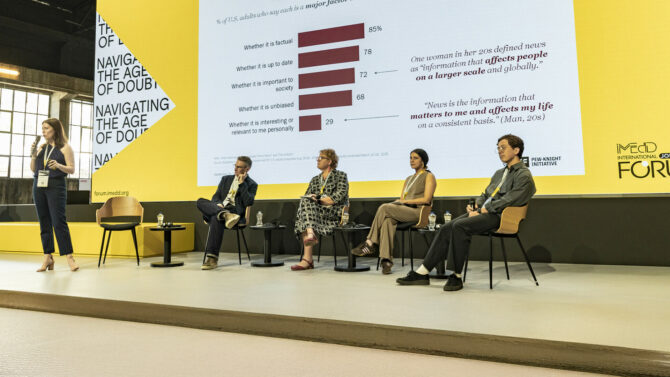
In a free-flowing conversation curated by the Pew-Knight Initiative for iMEdD’s 2025 International Journalism Forum, four journalists discuss how the transfer of power from traditional media gatekeepers to the general public is playing out.
How about the small newsroom, the independent ones, the nonprofits?
I don’t know if every attempt to fight back is going to succeed, but I think we have to try because what are we even there for otherwise? And I don’t think every news outlet has to cover every national story. I think it is completely fine for news outlets to focus on what they’re good at. I’m not saying that every small or local news organization needs to come out with some statements on all of this or try to inject themselves into the fight. I think they need to keep doing what they’re doing, and I know that that’s hard and scary.
How are journalists in the US feeling right now? Is there a sense of intimidation or pressure in the current climate?
It feels different to me because this time around, the Trump administration is more organized in what they’re doing. They came in with a plan. In the first term, it was kind of messy and a lot of drama, which, looking back, sometimes seems sort of silly.
But this time, there are much more concerted efforts to squash dissent, to use the power of the administration to silence critics, and to get big companies — the ones that want to merge or do other things — to give something in exchange for toeing the line.
Τhis climate is shaping the kinds of stories journalists pursue (or avoid) at this point? And what responsibility do news organizations have to safeguard editorial independence under this pressure?
A lot of the areas where we’ve seen this come up are around public media funding and debates over news organizations’ opinion sections. (…) On the one hand, when it comes to big news organizations like The New York Times and The Washington Post not being trusted, I think readers often have a hard time distinguishing between opinion and reporting. (…) I understand when readers say they’re biased. But other publications aren’t like that. A lot of the publications that are launching now come in with their opinions kind of baked into what they’re doing. I think that’s a good thing in many cases, but I completely understand why readers are confused. As Jason Koebler mentioned in the panel, notions of objectivity are kind of outdated. New outlets are saying to their readers: ‘We are independent journalists. This is what we believe, specifically,’ It’s not just about where you are on the political spectrum, but about the perspective from which all your reporting is coming from.
[Artificial Intelligence] was not something we were covering much at all in 2015. Now, we have a reporter who’s dedicated to AI and journalism.
Laura Hazard Owen, Editor, Nieman Lab
What have you observed in the field of AI and newsroom tools, and what are the key highlights for 2025 so far?
That’s definitely the biggest shift [in our coverage] since I started. [Artificial Intelligence] was not something we were covering much at all in 2015. Now, we have a reporter who’s dedicated to AI and journalism. He started a little over a year ago. At the beginning, I might have worried about whether there would be enough in this specific meeting point of AI and journalism, but there are so many stories—too much for one person to cover.
Some of the most interesting work he’s looking at falls into a few different buckets. There’s stuff around AI experiments that journalists are using in their newsrooms. There’s also the way news organizations are shaping their AI policies—what employees can and cannot do with AI.
And then there’s AI in union contracts—what employees and unions want, including protections for journalists working with AI. (…) Newsroom unions in the U.S. are not as strong as in many European countries, and the unions that do exist generally haven’t seen the contracts their publishers have signed with AI companies. So, they don’t exactly know how their work is being used. They want to see the contracts and understand what their companies are doing on both the newsroom and the publisher side. Essentially, what are companies doing with our content. If we sign deals with them, what do we get in return? In many cases, it’s money.
The Nieman Foundation is often described as a “knowledge hub” at Harvard. What positive outcomes have emerged from its fellowship program over the years? Could you share some examples or highlights of fellows’ work that have made the strongest impression on you?
The Nieman Foundation is unique in bringing journalists from around the world together for an academic year to learn from each other, form lifelong relationships, and think about how to better and more meaningfully do their work. Nearly 90 years in, more than 1,700 journalists from more than 100 countries have come to Harvard as part of the fellowship, and even after they leave, they’re forever part of this network and can lean on each other for support. I think what makes the strongest impression on me is that fellowship has endured. Through war and a pandemic and other very challenging times, it continues the mission of bringing journalists together.
